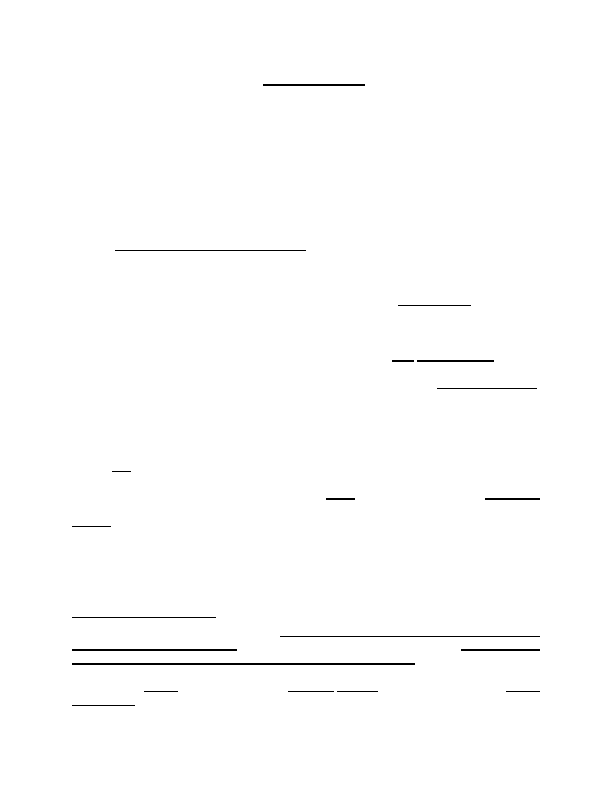
224 n.4. One example is found in Liardet v. Johnson, 1 Carp. P.C. 35 (K.B. 1778), a
case involving a patent on a “composition” of stucco (a composition of matter). Lord
Mansfield’s jury instructions noted that by the time of that trial he had decided “several
cases” involving compositions: “But if . . . the specification of the composition gives no
proportions, there is an end of his patent. . . . I have determined, [in] several cases here,
the specification must state, where there is a composition, the proportions . . . .”
“Any new and useful improvement.” The reference to “any new and useful
improvement” in the 1793 Act also adopted a consensus recently reached by the
English courts. The common law courts had first ruled in Bircot’s Case in the early
seventeenth century that an improvement to an existing machine could not be the
proper subject of a patent under the Statute of Monopolies. See Boulton v. Bull, 2 H. Bl.
463, 488 (C.P. 1795). In 1776 that line of cases was overruled in Morris v. Bramson,
because such a reading of the statute “would go to repeal almost every patent that was
ever granted.”
“Art.” As the Supreme Court has recognized, a process “was considered a form
of ‘art’ as that term was used in the 1793 Act.” Diehr, 450 U.S. at 182 (citing Corning v.
Burden, 56 U.S. at 267-268). The language of the Statute of Monopolies permitted
patents on that which could be characterized as the “working or making of any manner
of new manufactures within this realm.” 21 Jac. 1. c.3, s.6. While this language plainly
9
Edward C. Walterscheid, The Nature of the Intellectual Property Clause: A
Study in Historical Perspective 55 (2002) (quoting E. Wyndham Hulme, On the History
of the Patent Laws in the Seventeenth and Eighteenth Centuries, 18 L.Q. Rev. 280, 285
(1902)).
10
Morris, 1 Carp. P.C. at 34; see also Boulton, 2 H.Bl. at 489 (“Since [Morris
v. Bramson], it has been the generally received opinion in Westminster Hall, that a
patent for an addition is good.”).
2007-1130 7

